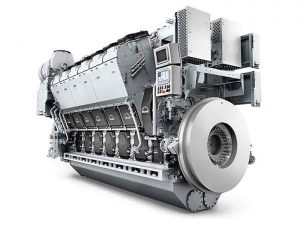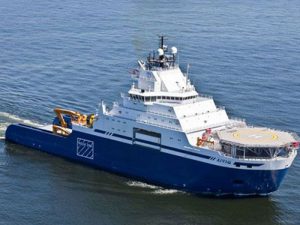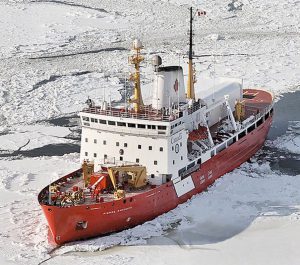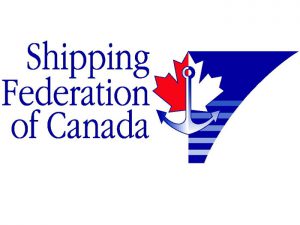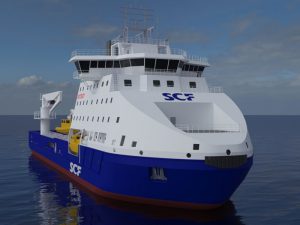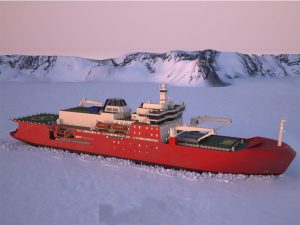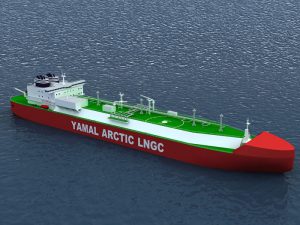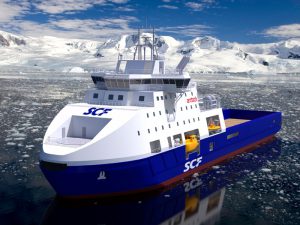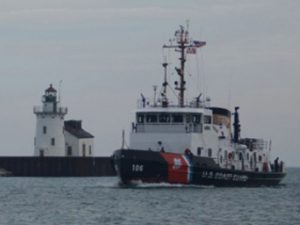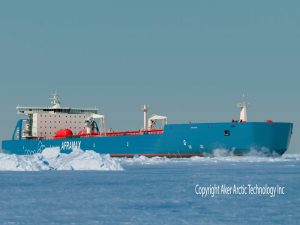The icebreaking supply vessels are being built for Sovcomflot, Russia’s largest shipping company.
Last week’s keel laying saw the 221 first block of the first ship placed in the building dock as the starting point of the hull assembly.
The vessel will be capable of breaking through ice as thick as 1.5 meters and will be outfitted for emergency evacuation, rescue and fire fighting operations, oil spill response and platform support activities.
Once delivered, the vessel will serve in the Sakhalin-2 region energy production sites by transporting supplies and people between land bases and production platforms and protecting the production platforms from the impact of ice in the Sea of Okhotsk.
Sakhalin Energy Investment Company Ltd. (SEIC) operates the oil and gas field.
“Arctech has successfully built many similar kind of vessels for use in the rough weather conditions of the Sakhalin area. The series of vessels currently being built and designed at Arctech will further secure the energy production in the area,” says Esko Mustamäki, Managing Director of Arctech Helsinki Shipyard.
Measuring 100 m x 21.7 m, the vessel will be delivered to the client in the summer of 2016.
It vessel will be equipped with advanced Nordic environmental technology, such as a catalytic converter exhaust system and solutions for limiting underwater noise levels.
As well as increasing capacity for oil spill response, as well as emergency evacuation, in the the Sakhalin area, the vessel will be able to safely transport deck cargo, loose cargo, and liquid cargo in the integrated tanks below deck, and to carry production platform crew members as passengers regardless of weather and ice conditions.
The vessel has accommodations for 70 people – 28 crew members and 42 specialized staff members.
Baltic Icebreaker
The Baltic icebreaker Murmansk was delivered to Russia’s Vyborg Shipyard JSC, which will deliver it to customerRosmorport by year’s end.
The 119.8 m x 27.5 Murmansk is the second in a series of three vessels that the Russian Ministry of Transport ordered in 2012 from Vyborg Shipyard.
The basic design of the vessel and purchasing of major components was handled by Vyborg Shipyard. Arctech was responsible for the construction, outfitting and testing of the powerful vessel.
The main tasks of the vessel are icebreaking and assisting of heavy-tonnage vessels in ice, towing of vessels and other floating structures year-round in ice and open water.
The vessel will also be used for fire fighting on floating objects and other facilities, assisting vessels in distress in ice and open water and also for cargo transportation. The vessel is able to operate in temperatures as cold as -40°С and the maximum icebreaking capability is 1.5 m.

